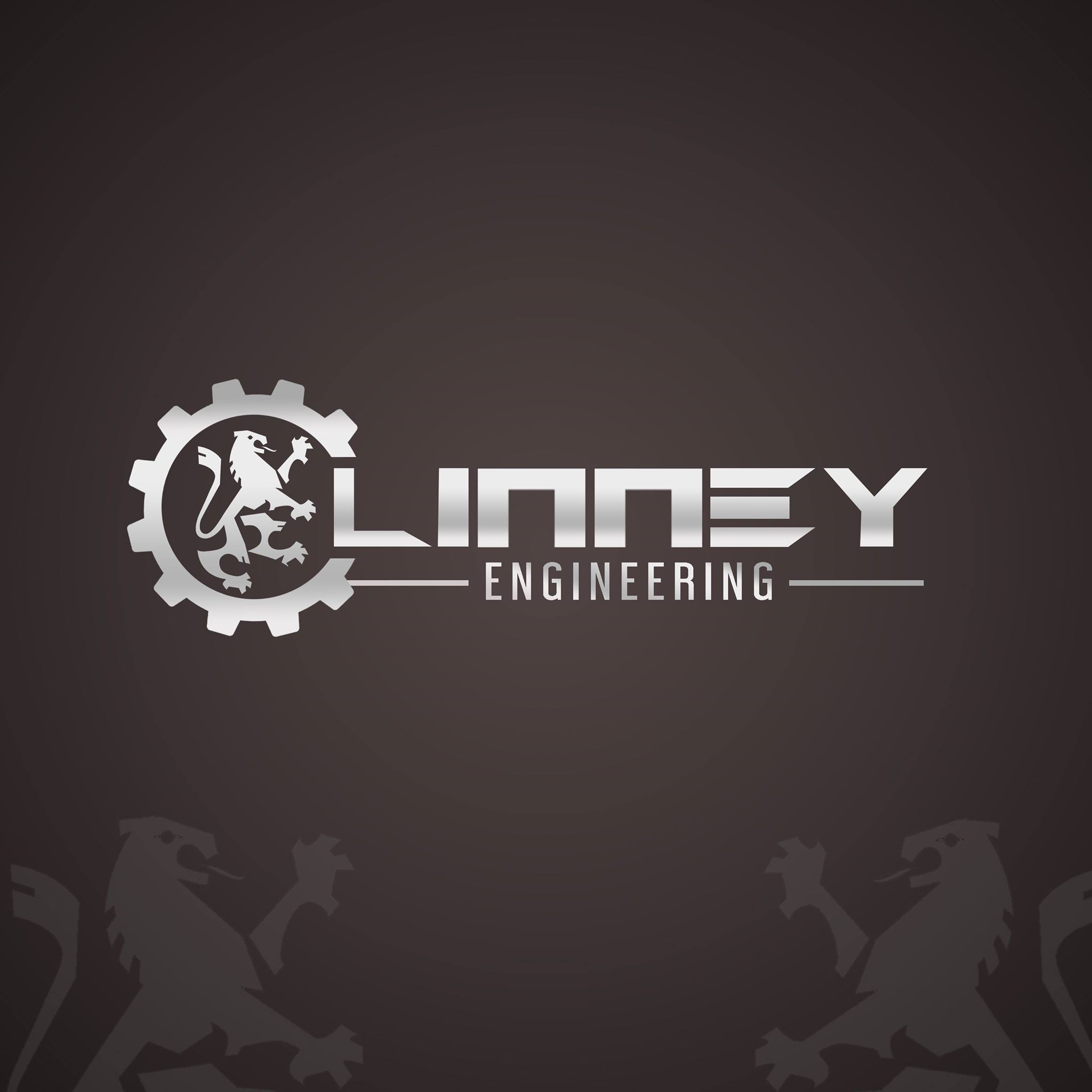EcuTek are proud to announce support for the new Infiniti VR30DD Twin Turbo engine.
This stunning new V6 engine is currently found in the latest Infiniti Q50 and V60 models. There are 300bhp and 400bhp models available, producing a modest 295lbs.ft (390NM) and 350 lbs.ft (465NM) respectively – leaving plenty of room for improvement!
The new 3.0ltr twin turbo gasoline engine offers the very latest in engine design and technology running direct injection, charge coolers, electronic wastegate actuators with turbine speed sensors, it also features Nissan’s latest Continuously Variable Valve Timing Control System (CVVTCS).
The most significant part of the all-new VR-series engine is its two turbochargers. While the recent use of turbochargers has grown exponentially as automakers attempt to extract high horsepower from low displacement engines, the exhaust-driven turbines that compress the air going into the intake are not a new technology ― the patent for the world’s first turbocharger was applied for in 1896, well over a century ago. Early turbochargers needed constant attention, yet recent improvements in manufacturing, metallurgy, and lubrication have made turbochargers maintenance-free and reliable.
Infiniti puts two turbochargers on its new V6, with each feeding a bank of three cylinders. The turbines utilize a computer-designed blade profile that optimizes immediate response and smoothness ― the downfall to most turbochargers is their inability to spin quickly, which is why enthusiast coined the term “turbo lag.”
The 3.0-liter will be offered with two different power outputs, which is becoming a common trait now that automakers can easily tweak horsepower on turbocharged engines. Standard models develop 300 horsepower at 6400 rpm and 295 pound-feet of torque at 1600-5200 rpm. A high-output version delivers 400 horsepower at 6400 rpm and 350 pound-feet of torque at 1600-5200 rpm. Both engines are virtually identical, but there are some changes that were required to adapt each to its specific role.
Standard 300-horspower engines have a single water pump, which is characteristic of most combustion engines. However, the variants with 400 horsepower use two water pumps to allow a more precise management of engine heat while operating at higher loads. Furthermore, the high-output engines are fitted with an optical turbo speed sensor that allows its turbines to spin faster ― up to a blistering 240,000 rpm for brief periods ― one reason why it can develop a 30% power boost over its sibling.

Turbochargers compress air, which drastically increases the temperature of the air and compromises performance — intercoolers are devices specially engineered to reduce the temperature of the pressurized air. Infiniti fits its 3.0-liter V6 with a water-cooled intercooling system that can rapidly remove the heat, improving both engine response and output. Traditional air-cooled intercoolers must be positioned near outside airflow (e.g., in the nose of the vehicle), creating a long path for the air to travel, but this isn’t the case with a water-cooled intercooler. It may be positioned near the intake for a shorter flow path, further improving throttle response.
Lastly, engineers fitted the engine with an electronic wastegate actuator. This device manages the gases that are exiting the turbocharger, permitting more precise control of the turbine’s speed, thereby keeping it spinning as much as possible to maximize performance.
Overall, the new twin-turbocharged 3.0-liter V6 engine weighs 486.3 pounds, which is just 17.7 pounds more than the engine it is replacing (the V6 core weighs far less than its predecessor) ― an insignificant increase when one considers the greater horsepower, improved efficiency, and the adaptability of the new engine in a variety of Infiniti’s models.
